Even with proper care for any culture, there is always a danger of damage to the root system of the plant. This happens for many reasons. One of these dangerous diseases is the root rot, which most often leads to the full death of the plant.
Content
Description and symptoms of the disease
Root rotes relates to fungal diseases. Her pathogens can be RhizoCtonia, Pythium and Phytophthora. This disease has another name that determines the whole essence - "black leg". In the affected plant, the roots and cuttings begin to black, and after rot, which leads to the complete death of the root system. What leads to the defeat of this disease? The most common causes of infection can be:
- soil moistening - as you know, fungal infections like moisture;
- bad sterilization of infected soil before planting;
- infection from the tools undergoing patients with plants and through drawers (pots) in which they previously grew;
- insufficient agricultural equipment and poor plant care.
Unfortunately, there is practically no chance of recovery in the infected plant. But try not to allow infection after all possible.
What does a plant look like that hit the root rot, you can see in the photo.
Symptoms of the disease
The main symptoms of the disease of the root rot may be:
- Lost and seasoning plants. It should alert in case you walked it regularly.
- Drying of the leaves and the appearance of a drawing on them.
- The foliage changes its color, covered with brown spots and fades.
- The plant slows down its height.
Root rotes seedlings
To get a healthy planting material, you need to properly care for the seedle. Saplings are very gentle and subjected to infection more often. How does the root rot of the seedlings manifest? You must be alert if:
- The lower sheets of young sprouts begin to yellow, then acquire brown color and dry.
- The stalk can be covered with dark stripes.
- Sometimes the stalks can begin to crack on top, and the lower part of them darkens.
There are several reasons that may cause seedlings:
- High humidity indoor, which is used to grow seedlings. In this case, the fungus can appear not only on the walls, but also on the leaves of the young plant. If this happens, the plant begins to look like a white fluffy fur coat - this is an argument of fungus.
- The mooring of the soil also leads to the infection of seedlings. In recommendations for the cultivation of seedlings, it is always said that they need a regular watering. But at the same time, they do not always warn that the convergence is no less dangerous than drought.
- Out of soil with organic fertilizers and nitrogenous solutions.
- Acute soil also contributes to the contagion of seedlings.
Save the infected seedlings is impossible, but preventing the disease in your hands:
- Choose to grow seedlings dry rooms that are not infected with fungal mold.
- Do not abuse water, water the ground only as it dry out.
- Be sure to neutralize the acidic soil, if it is not possible to replace it with neutral. To do this, use a lime solution.
- If you have noticed one patient plant, immediately remove it with a piece of soil so that there is no contamination of other sprouts.
- Do not overflow seedlings with fertilizers, their excess is also dangerous as the disadvantage.
Root rot, cucumbers
Cucumbers are pretty a demanding plant and needs special care. This will help avoid infection and get a healthy and rich harvest.
Root rot, cucumbers are very well expressed:
- plant flowers quickly faded and fall ahead of time, even before the appearance of the entrance;
- during the fruiting foliage turns yellow and dries;
- the root stem cracks and also begins to yellow.
There are several factors that cause cucumber infection:
- Looking seedlings in areas where cucumbers grew earlier.
- Watering with cold water.
- Deep planting of cultural seeds.
In order not to lose the entire harvest of vegetables, consider the following recommendations:
- Choose proper predecessors for planting cucumbers. It may be onions of any kind, tomatoes, potatoes, any bean, especially late.
- Do not block the seeds of the vegetable when landing.
- Water the plant only with estimated water. Cucumbers do not tolerate cold.
- Do not plunge the plant into a strong heat.
- Try so that when watering water in large quantities does not fall on the foliage.
If, despite all preventive measures, the disease still struck the plant, it is necessary to carry out the treatment of root rot:
- Release the affected root stems from the ground.
- Treat the plant in the damage zone with a special solution - 500 ml of water mix from 1 tsp. Honey, 3 tbsp. l. Chalk, some wood ash. Mix all the components before uniformity.
- Water the affected plant so that the water gets directly to the ground, not hurt foliage and stems.
- If the disease began to progress and the plant failed to save, immediately dig it and destroy (burn) so that it does not infect neighbors. The resulting hole is treated with a solution of copper mood.
Root rot Tomatov
The main cause of the low and unstable yield of tomatoes just may be fungal diseases. They fall into the plant from damaged and infected roots, which can lead to the full destruction of the bush.
The root rott of tomatoes is manifested as follows:
- the root neck begins to darken, then it is black at all, dragging the stem;
- the plant becomes sluggish, despite the regular watering;
- the affected area is covered with a white mushroom chain;
- the stems are formed by brownish-rusty dents;
- foliage is covered with a white bloom, like felt or moss.
The disease of the tomatoes root rot is caused by the following reasons:
- Infection is still at the seedlings stage in its improper cultivation.
- Most often there is infection of those seedlings who had mechanical damage during planting into the ground.
- Provice seedlings infection can implant soil.
- If a constant temperature is not withstanding in the greenhouse, the plant weakens and can easily get sick in the future.
- Move the soil when growing seedlings and after disembarking into open ground.
- The presence of peat in the mixture for the extension of tomato seeds.
Prevention of the disease:
- Be sure to carry out the disinfection of the soil, in which you will germinate the seeds of tomatoes.
- Before germination, the seeds must be treated with a special solution of pseudobacterin-2. You can even soak seeds in it for a day in a ratio of 1 l per 1 kg.
- Such drugs from root rotes are used for irrigation of tomatoes during the growing season.
- In open soil, plan only completely healthy seedlings.
- Before planing seedlings in open ground, treat it with the drug "Ross" - 1-2 h. In every well.
- In the fall, we treat the area planned for the cultivation of tomatoes, a solution of copper sulphate - on 10 liters of water - 50 g.
- Feed the bushes of tomatoes by organic fertilizers the whole period of vegetation.
- 2-3 times for the entire growing season it is necessary to loosen the soil under the bush and dip it, it will help the formation of new, healthier roots.
Root rotes grain
Root rotes of grain are able to reduce yield several times, reduce the quality of winter and spring wheat, barley, rye, all cereal herbs and oats, and even lead to the complete destruction of culture. Pathogenic fungi, which cause this dangerous disease, there are several types:
- fusarious root rot - caused by fungi Fusarium Culmorum, F.Avenaceum, F.Oxysporum. These mushrooms can also be infected with young shoots, and adult plants. The first signs of lesion are manifested in the form of browned processes and white plates on the stalks. Another indicative feature is the root drums. The secondary sign will be empty spikelets;
- gelminostosorous root rot - caused by Bipolaris Sorokiniana mushrooms. Amazes grain sprouts, causing their death. At the time of the release of the plant in the tube begins a brown intercourse, which is located on the surface of the soil. The same thing happens with root leaves. As a result, the base of the stem and root die and the plant dies;
- official root rot - caused by Opkiobolus Gramini mushrooms. The whole season of vegetation is observed in the fracture of the most productive stems, which is manifested in darkening and even spinning roots, roasting leaves. There is a lag of grain in growth, spikelets grow without grains.
Wheat root rotes are more common - both spring and winter. They are caused by several factors at once:
- Most often, the cause of grain infection is the soil in which the remains of contaminated seeds and weed grains. Mushrooms may not save their disputes, infecting crops.
- High soil moisture (from 40% to 80%) serves as a favorable source for breeding infection.
- The radical change of soil moisture and the lesion of the culture insect reduces the protective abilities of cereals, which leads to their infection with root rot.
- The arid season during the vegetation of grain also increases the risk of infection.
- High content of nitrogen nitrate in the ground.
The struggle against the root rot must be in comprehensively to increase its effectiveness:
- For sowing it is necessary to use only treated seeds. For this purpose, drugs containing fungicides are used.
- Regular change of sections under the crop.
- The right choice of precursors. The best of them will be peas, corn, sunflower.
- Conduct sowing into prepared and fertilized by phosphor and potash solutions of the soil. This will increase immunity and resistance to the infection of crops.
- Sowing work only in a well-warmed soil.
- Conduct regular weeding from weed herb, which are subject to infection with fusarium.
General recommendations
All agronomists and gardeners know that any plant disease is easier to warn, than to treat treatment, which is not always effective. The most important rule, which can be saved as much as possible with healthy harvest, is the correct agricultural engineering and the following recommendations:
- We take for the cultivation of only stable varieties of all cultures.
- Mandatory disinfection and sterilization of soil.
- Proper and regular tillage of the soil by the Organic, which will create a favorable and useful microflora in the soil.
- Proper storage and pre-sowing seeds.
- Timely chopping of weak shoots, regular weeding them.
- Proper cultivation of seedlings, hardening it before falling into the ground.
- Regular control of soil acidity - it is impossible to allow both low and high acidity. For neutralization, use lime, chalk and wood ash.
- The ratio of nitrogen, potassium, phosphorus, calcium and magnesium should be 1: 2: 1: 1: 0.2. If the ratio is impaired, you must add missing fertilizers.
- Regular agricultural equipment - weeding, dipping, feeding, proper moisturizing with warm water (do not allow melancholy), prevention of diseases and pest control, soil loosening, which prevents rivalness.
- Timely cleaning of plant residues, preventing their wintering in the soil.
- Regular disinfection of granaries and storages for vegetables.
- Use of drugs to stimulate the rapid growth of the root system.
Having received more information about how to deal with the root rot, you can grow a healthy and rich harvest on your site.

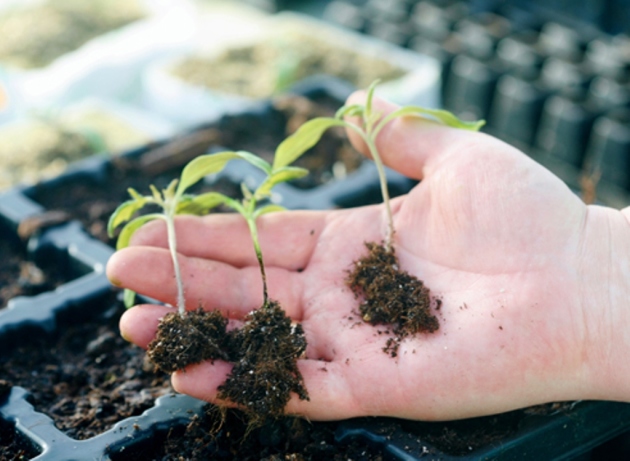
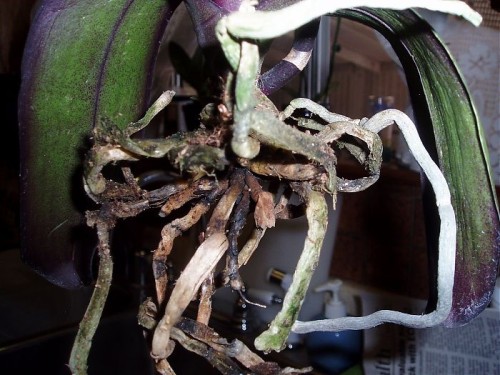
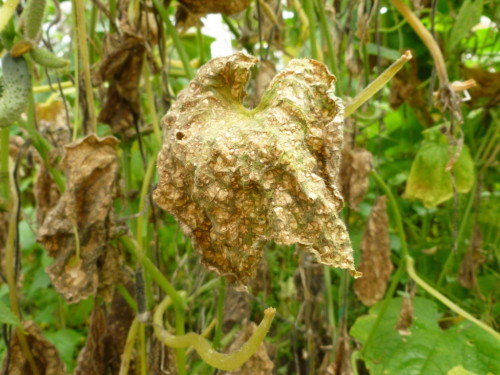
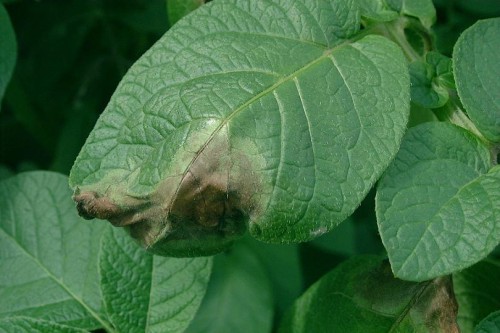

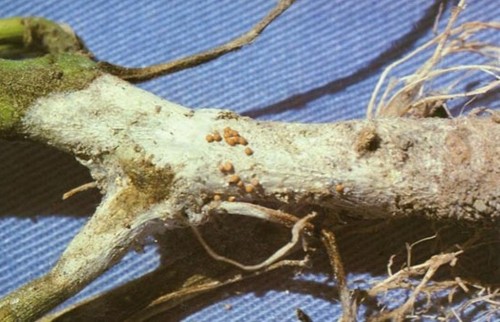
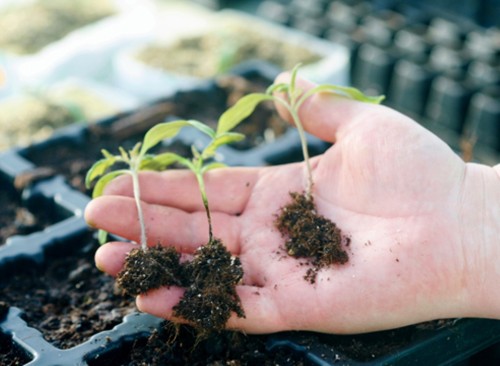
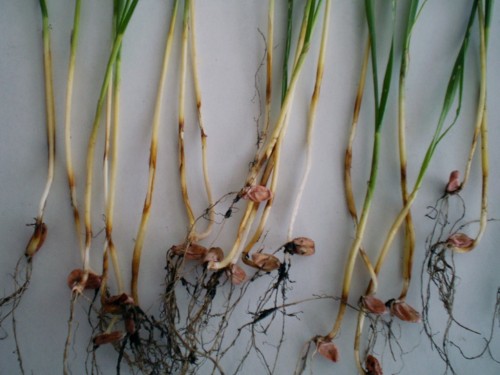
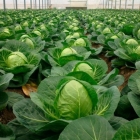

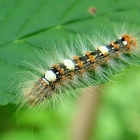
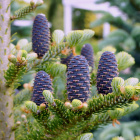
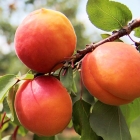
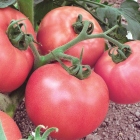


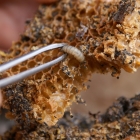
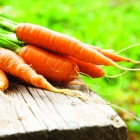
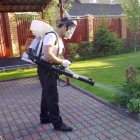
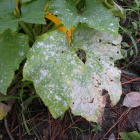
 Start a discussion ...
Start a discussion ...